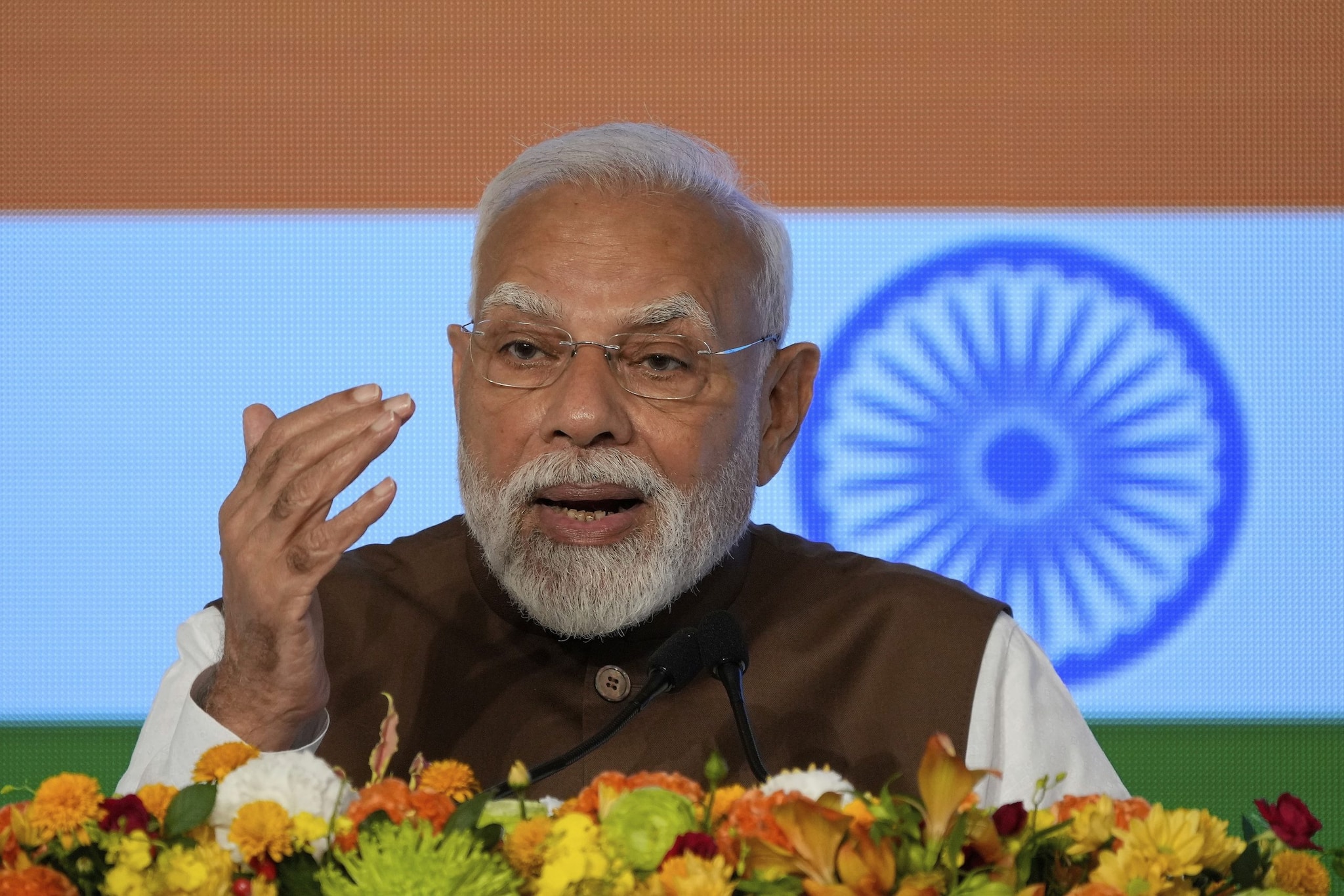Mizoram Visit Preview
Although the provided context does not mention the specifics of the Mizoram visit, it notes that the Prime Minister's trip to Manipur included it as part
of the overall schedule. This suggests that the trip encompassed a broader regional focus, potentially addressing matters relevant to both states. The visit might have included interactions with local leaders, assessments of ongoing projects, and plans for future collaboration between the central government and the state of Mizoram.
Outreach and Interaction
During his visit to Manipur, Prime Minister Modi engaged in significant outreach efforts. A key aspect was his interaction with internally displaced people (IDPs) in Churachandpur and Imphal. This interaction likely provided an opportunity for the Prime Minister to listen to the concerns and perspectives of those affected by the ongoing situation. The engagement also showed the government's commitment to addressing the needs of the displaced communities and working toward solutions.
Developmental Agenda Focus
The visit underscored a strong emphasis on developmental initiatives within Manipur. The Prime Minister's agenda most certainly covered ongoing projects and plans for the future. This likely included discussions on infrastructure, economic growth, and social welfare programs. The focus reflects the government's broader strategy to improve the living conditions and boost the state's overall development, which has been a significant priority during Modi’s administration. The agenda likely touched upon specific projects tailored to Manipur's needs.
Rallies and Addresses
Prime Minister Modi addressed two rallies in Manipur. These public engagements provided a platform to communicate with the wider population and share the government's vision for the state. The rallies allowed the Prime Minister to outline the progress made, announce new initiatives, and gain public support for ongoing and future developmental projects. These gatherings were also significant in demonstrating the government’s commitment to engaging directly with the people, showcasing its policies, and building a rapport with the broader electorate.
Security Tightened Protocols
In anticipation of the Prime Minister's visit, security measures were heightened to ensure the safety and smooth execution of the events. This involved increased surveillance, deployment of security personnel, and the implementation of various protocols. The security arrangements are standard practice for high-profile visits, with the goal of preventing any disruptions and managing potential risks. These measures were designed to maintain order and ensure the Prime Minister’s safety, alongside the safety of all attendees.
Current Situation Overview
The visit occurred amidst the current situation in Manipur. The Prime Minister's presence reflected a focus on understanding and addressing the challenges faced by the state. The interactions with displaced people and his discussions of the developmental agenda highlight the government’s aim to help the ongoing recovery and reconciliation efforts. The visit was likely intended to convey a message of support, solidarity, and commitment to finding long-term solutions to the state's issues. The government likely also provided updates on the current situation in Manipur.
Congress Reacts to Visit
The Congress party reacted to the Prime Minister's visit. Reactions from the opposition party would have included assessments of the government’s actions, potential criticisms of policies, and suggestions for alternative strategies. The Congress's viewpoints likely touched on various aspects of the visit, including the developmental plans, the interactions with the local community, and the handling of the overall situation. The response would serve as part of the political discourse, providing an alternative perspective and contributing to the ongoing debate.
Local Voices Heard
Local voices played a crucial role in shaping the context and the impact of the Prime Minister's visit. Interactions with the internally displaced people, community leaders, and residents provided insights into the ground realities and the perspectives of those affected by the situation. These interactions allowed the government to better understand local needs and challenges, enabling more effective policymaking. The local perspective likely also informed the Prime Minister's approach, influencing his dialogues and public statements during the trip.
Kuki-Zo Groups Welcome
The Kuki-Zo groups welcomed Prime Minister Modi. Their response was indicative of their expectation and support. The welcome could be attributed to the anticipation of positive outcomes, such as the addressing of their concerns, progress on the developmental agendas, and a commitment to finding solutions. This endorsement highlighted the significance of the Prime Minister's presence for these communities and potentially influenced the political landscape and community dynamics within the state.










